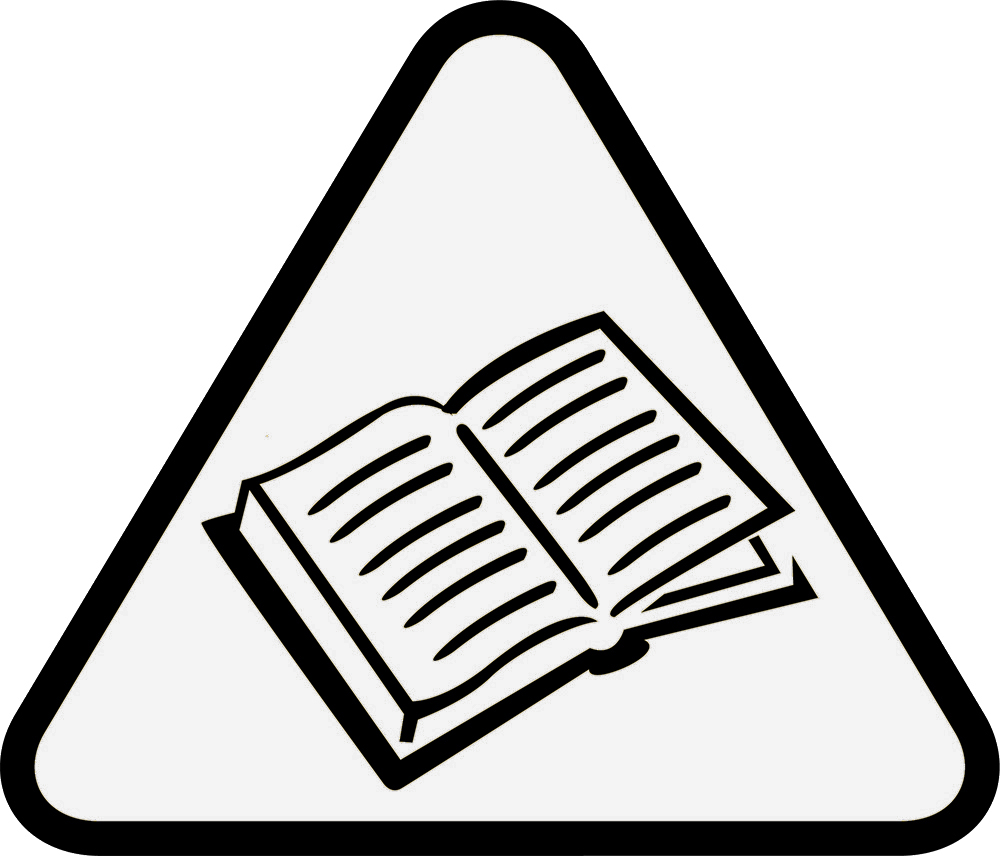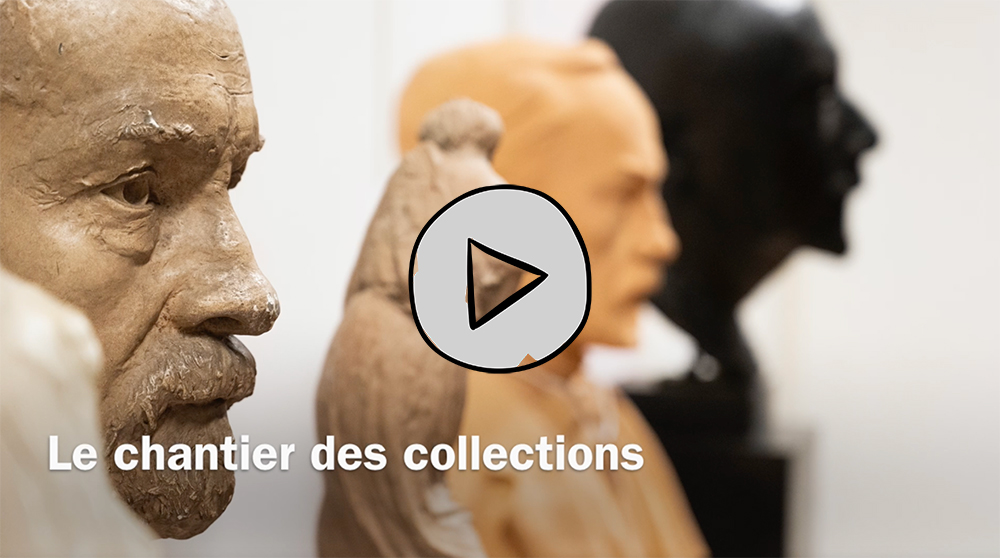
July 07, 2023
Bulletin interne de l'Institut Pasteur


Collection review: a crucial stage in the modernization of the Pasteur Museum
Behind the closed doors of the historical building, the members of the museum team, with the support of heritage professionals, are working to preserve the site and the objects that bear witness to the Institut Pasteur's history. The first stage in the modernization of the museum was a major collection review, which took place from November 2, 2022 to May 31, 2023.
The historical Institut Pasteur building, which dates back to 1888 and now houses the museum, is undergoing major renovation and restoration work. This is an opportunity for a modernization of the museum before it is scheduled to reopen in 2027, when it will aim to offer an entirely new visitor experience.
Before embarking on any refurbishment work, it was important to carry out a thorough assessment and stocktake of the cultural heritage preserved at the site. The Pasteur Museum was aided in this task by the company GRAHAL, and a major collection review was carried out between November 2022 and May 2023.
A large-scale operation
The collection review involved performing an extensive inventory* and survey, digitizing, photographing, removing dust and establishing the condition of all the items in the museum's collection. At the start of the process, the collection was estimated to contain 9,000 items, but by the end of the seven-month period, 12,406 objects had been reviewed!
For this mammoth task, the museum team worked in conjunction with conservation assistants, collection managers* and restoration professionals.* More than twenty professionals were involved in the review.
Painstaking work
"During the inventory, we check the general condition of each item to see whether it needs to be consolidated before the move. This is vital, although it is not the same thing as restoration work," explains Emma Bonvin, the manager in charge of coordinating operations in May 2023. The all-female GRAHAL team who worked on the review was not chosen at random. They have all completed training in collection management and preventive conservation* at the Ecole du Louvre and are able to recognize the materials an object is made of and identify any fragilities so that dust can be removed using an appropriate method.
Since the collections in the Pasteur Museum are extremely varied, restoration professionals specializing in sculpture, painting, graphic art, photography, frames, glass and ceramics, metals and textiles were involved at different stages of the review. They reviewed the condition of all the items in the collection and drew up recommendations for restoration to be carried out before the museum reopens.
The first stage in a five-year project
The collection review is the first stage in a project that will be completed in 2027 when the museum reopens. "This first stage is crucial for the success of the wider museum project that is still under development. The Institut Pasteur's collections are unique; they tell the story of Louis Pasteur's scientific work, the history of the institution and also various milestones in the history of science. We needed to carry out such extensive work to ensure that this heritage could continue to be preserved and passed onto future generations," commented Laurence Isnard, heritage curator* and new Head of the Pasteur Museum.

Save the date – Friday September 15, 2023
Museum Open Day
The Pasteur Museum team is pleased to invite staff to come and see the empty museum and visit the site one last time before the restoration work begins. A series of activities will be organized, in conjunction with the European Heritage Days which will take place on September 16 and 17, 2023. A detailed program will be provided in an upcoming issue of the newsletter.
 Glossary of heritage terms and professions
Glossary of heritage terms and professions
Collection inventory:
Also known as a collection stocktake, audit or survey: a process that involves verifying that each item is present in the collection and determining where it is located, what condition it is in, its marking and whether it corresponds to the record in the inventory.
Preventive conservation:
Preventive conservation refers to all the measures taken to prevent, slow or stop the deterioration of items in a collection.
Restoration professional:
An expert in the conservation and restoration of heritage collections. Restoration professionals work on the materials that compose a work or object so that it can be passed on to future generations in the best possible condition. They take action when these materials are at risk and have been weakened by aging, accidents or handling. In such cases they establish a restoration protocol with the heritage curator.
Heritage curator:
The job of heritage curators is to study, classify, conserve, maintain, enhance and showcase heritage and bring it to public knowledge. They share heritage with as wide an audience as possible, and they encourage and are involved in scientific research applied to heritage.
Collection manager:
Collection managers organize and manage the process of moving objects to or from storage and exhibitions, under the responsibility of the curator. They work with various partners both inside and outside the museum. They organize for objects to be transported and oversee their safe handling, prepare contracts and monitor the terms of insurance policies. They coordinate loans and keep a register of movements.
